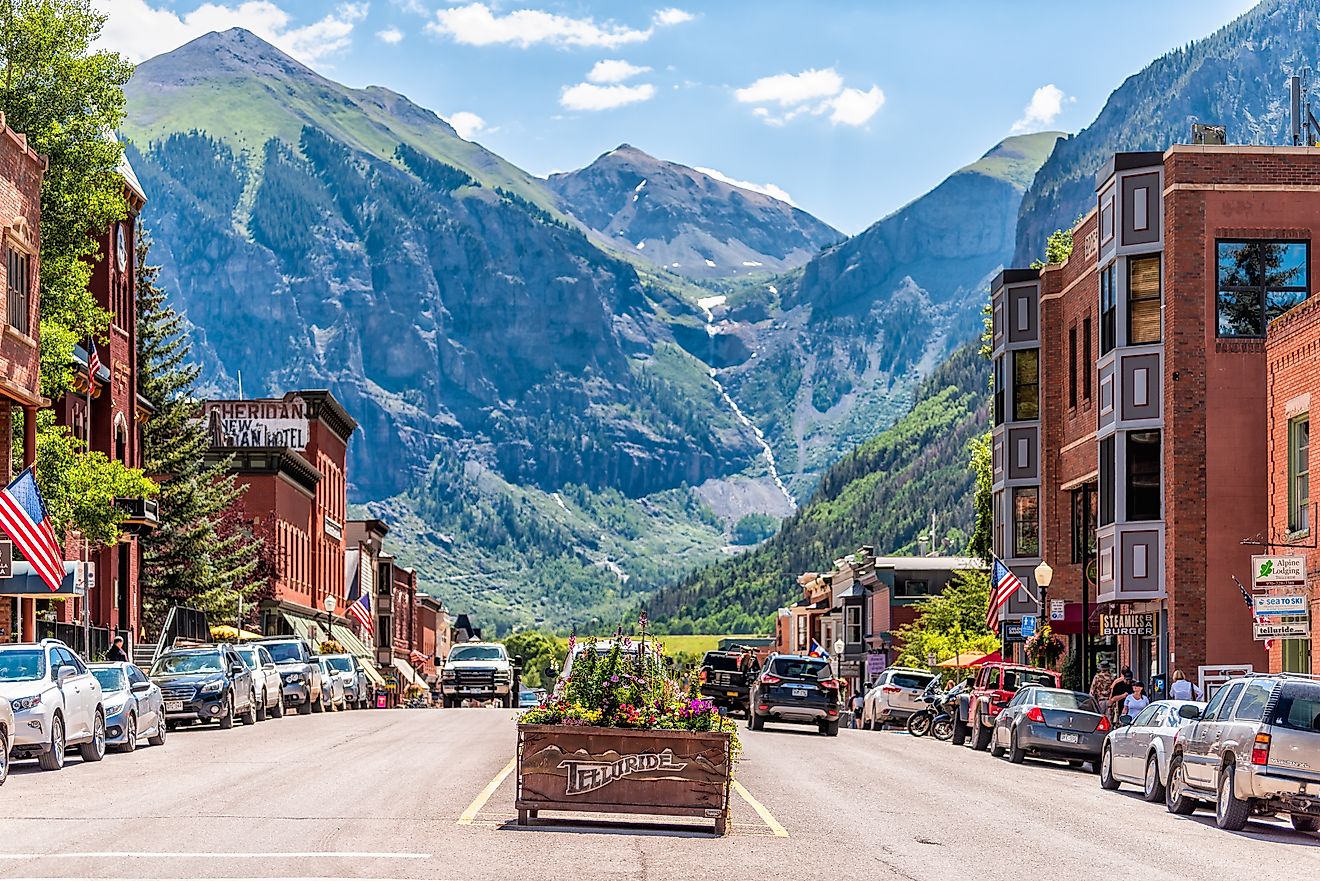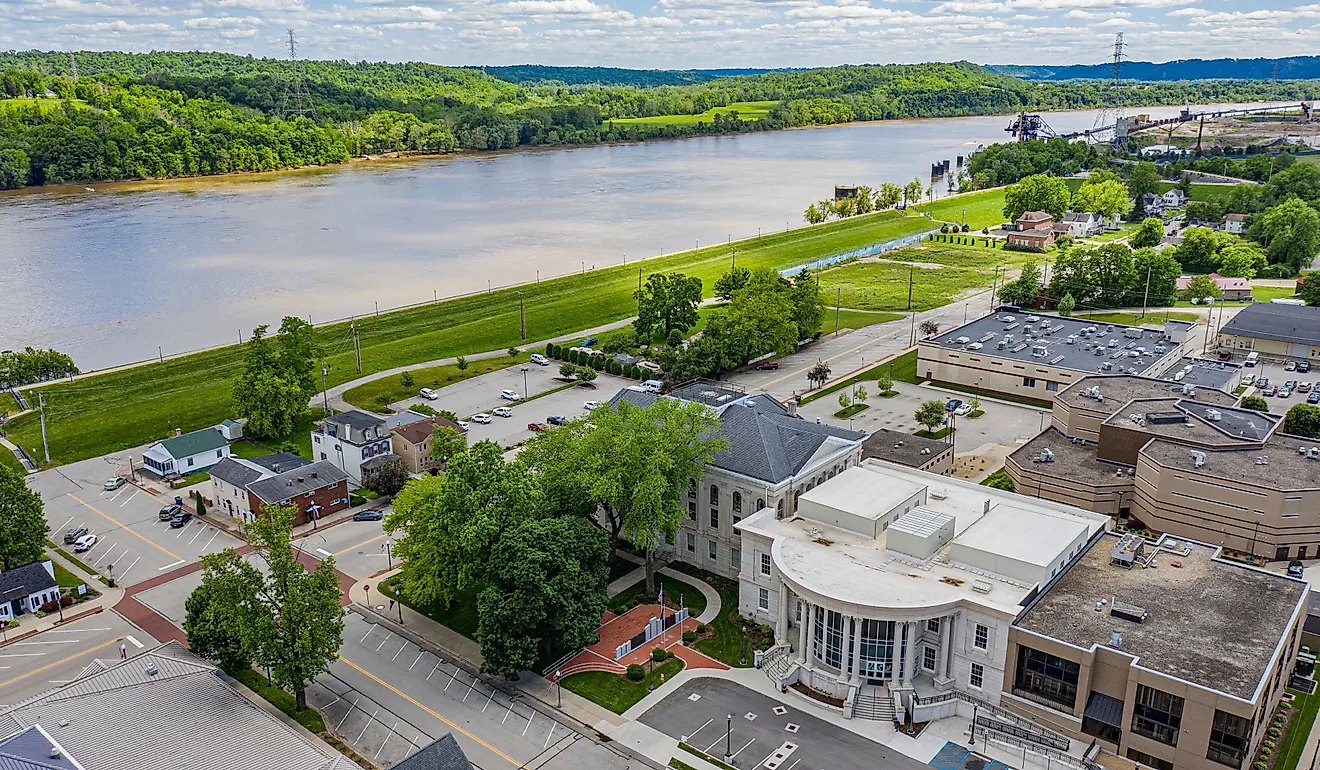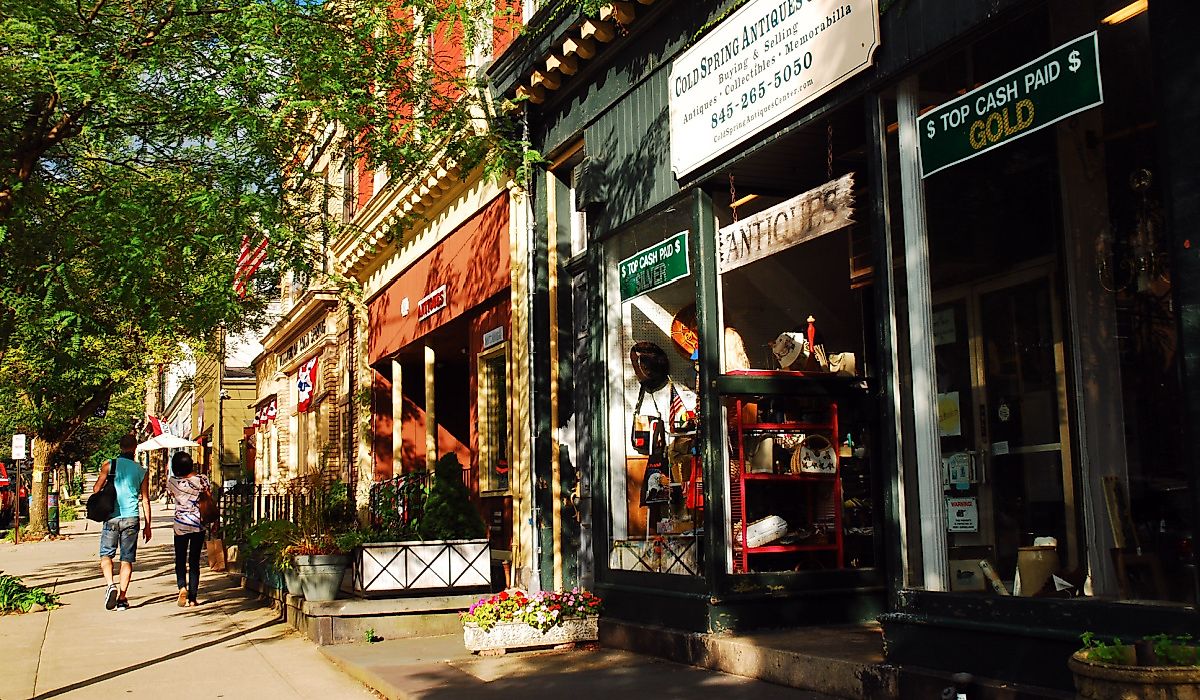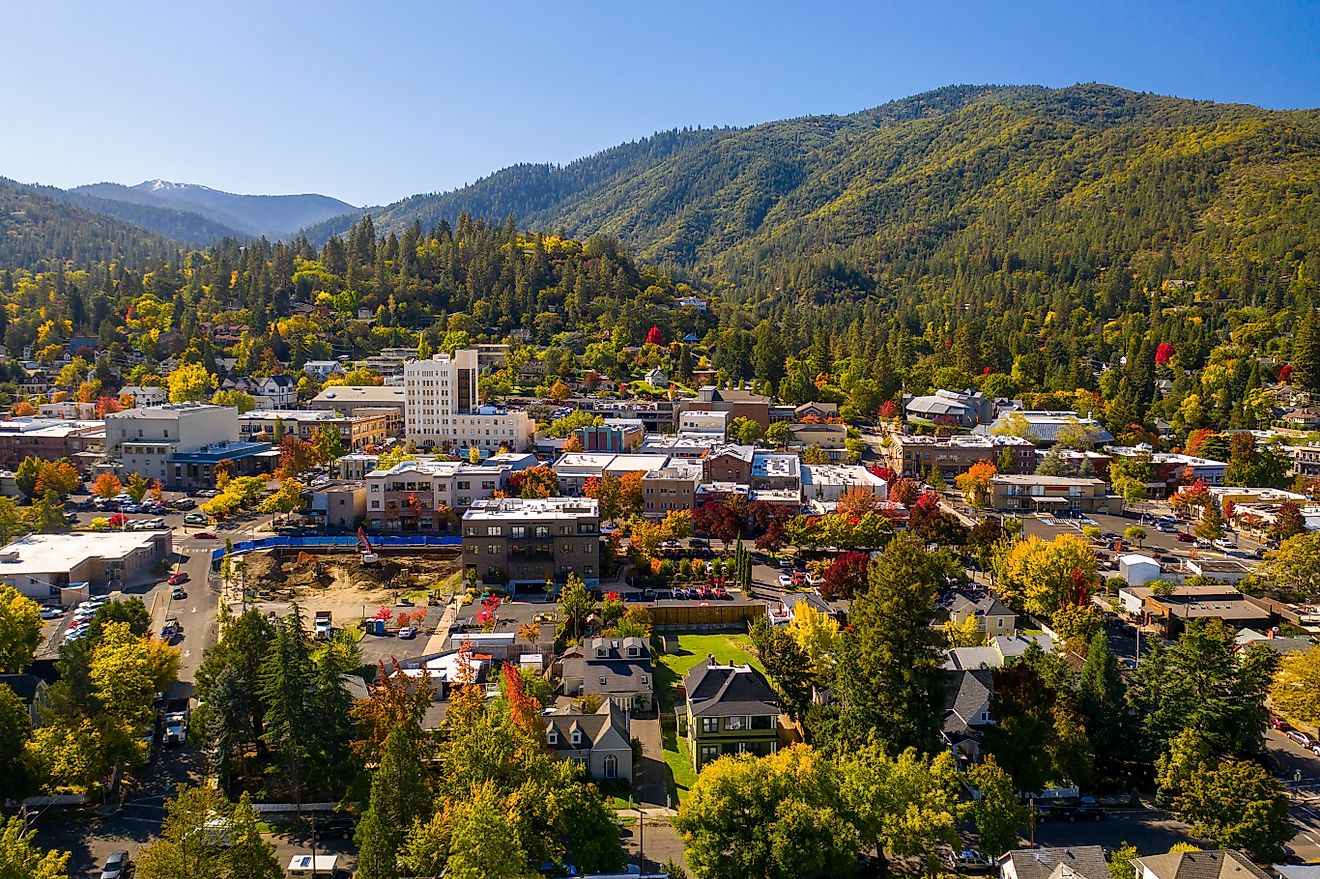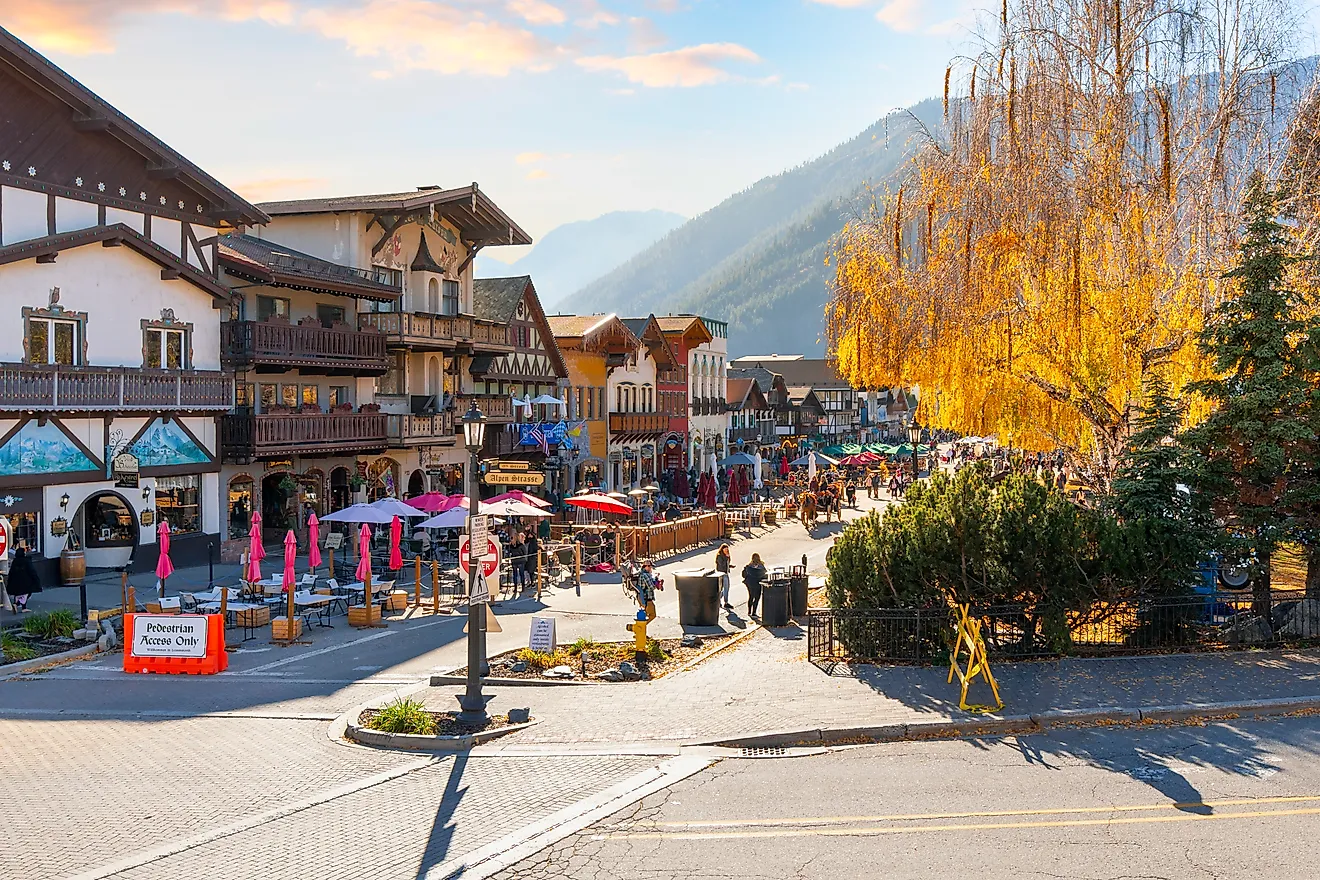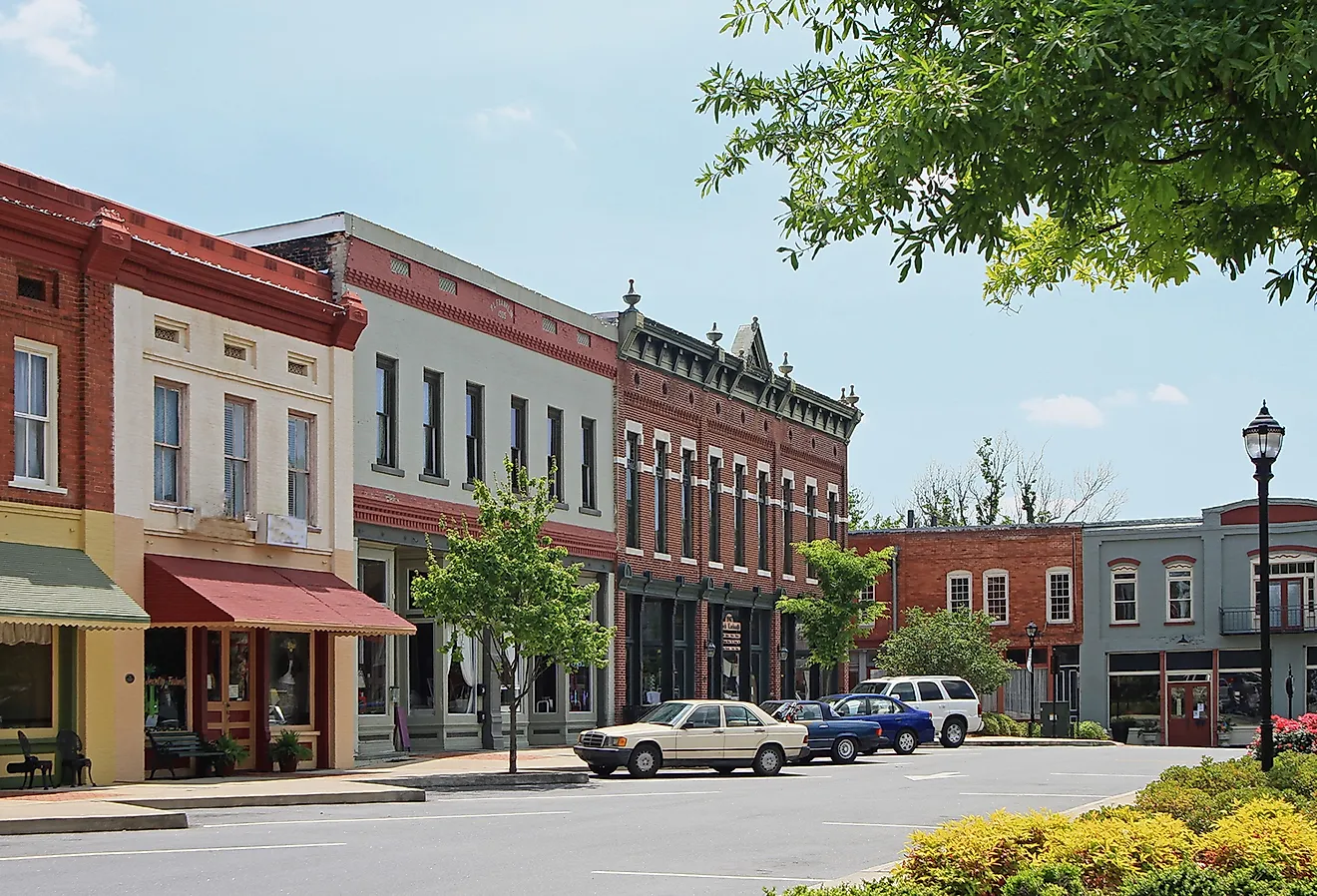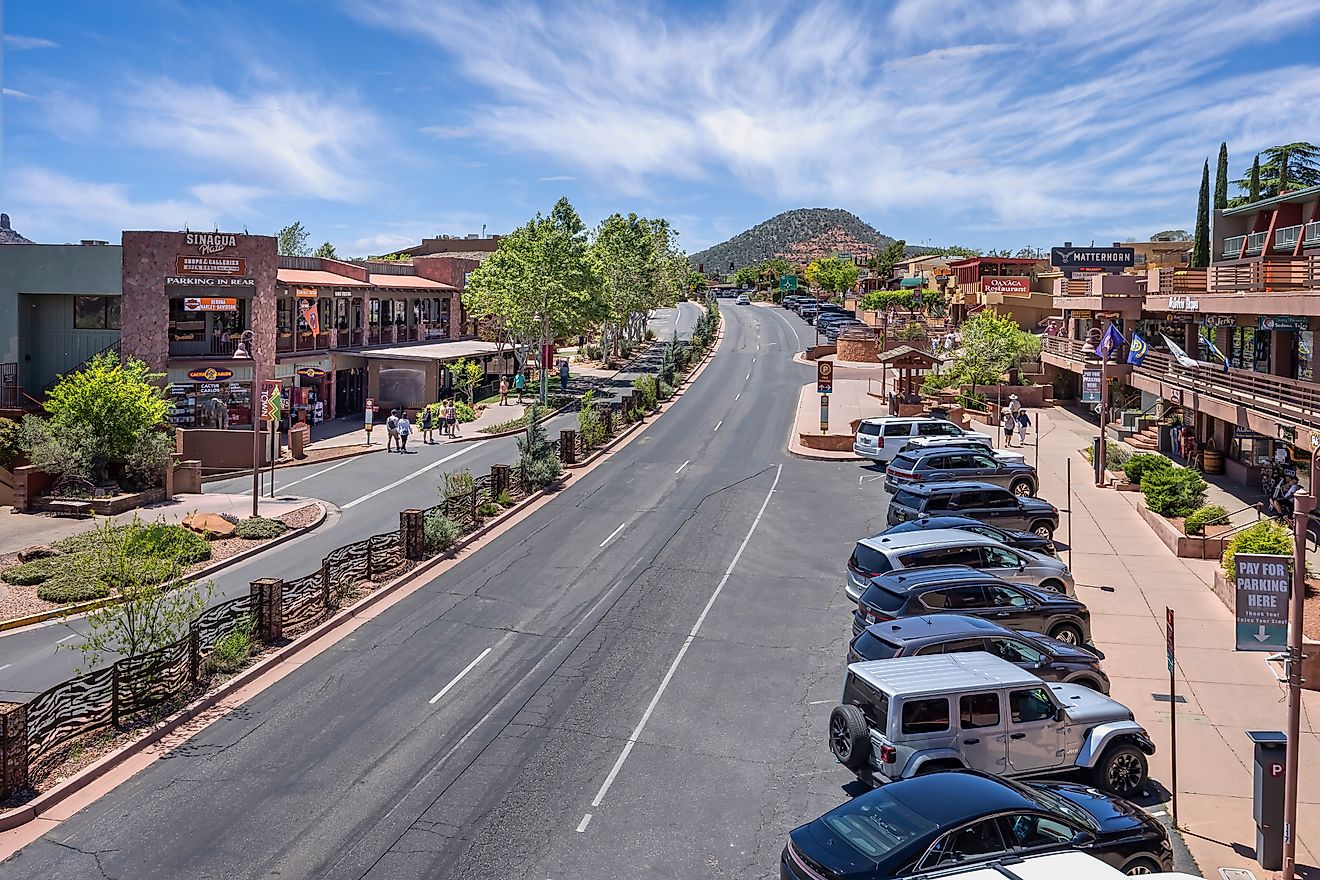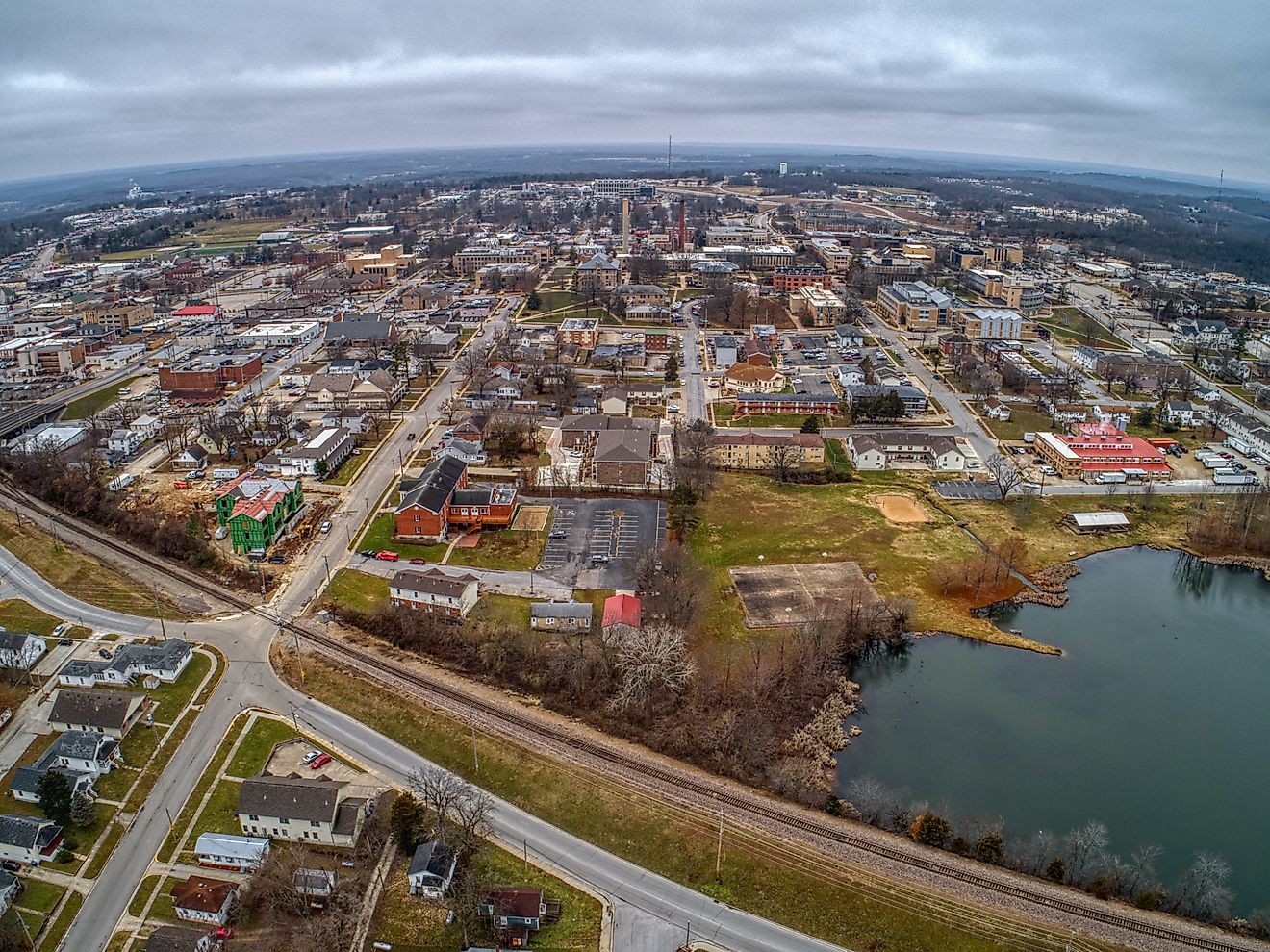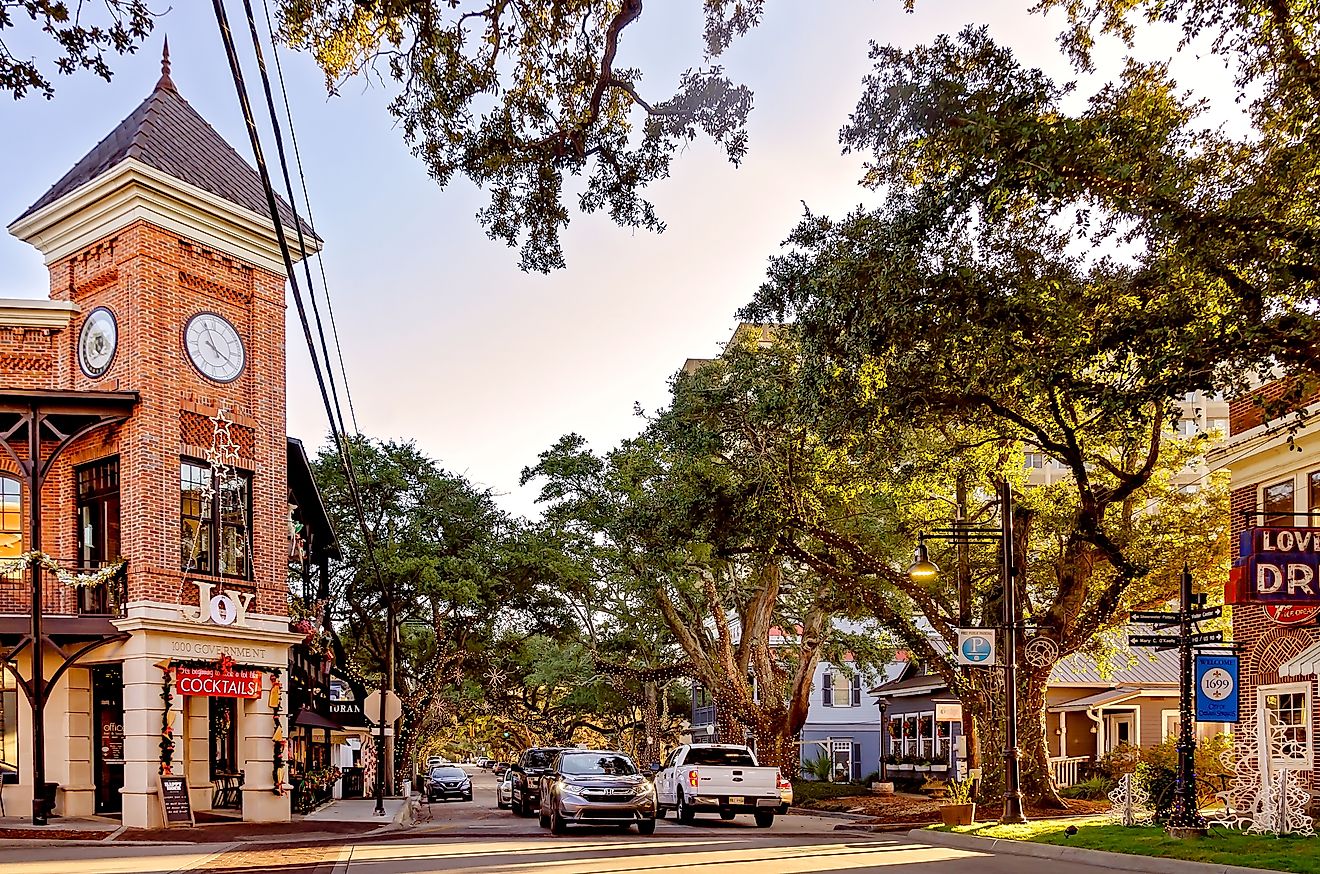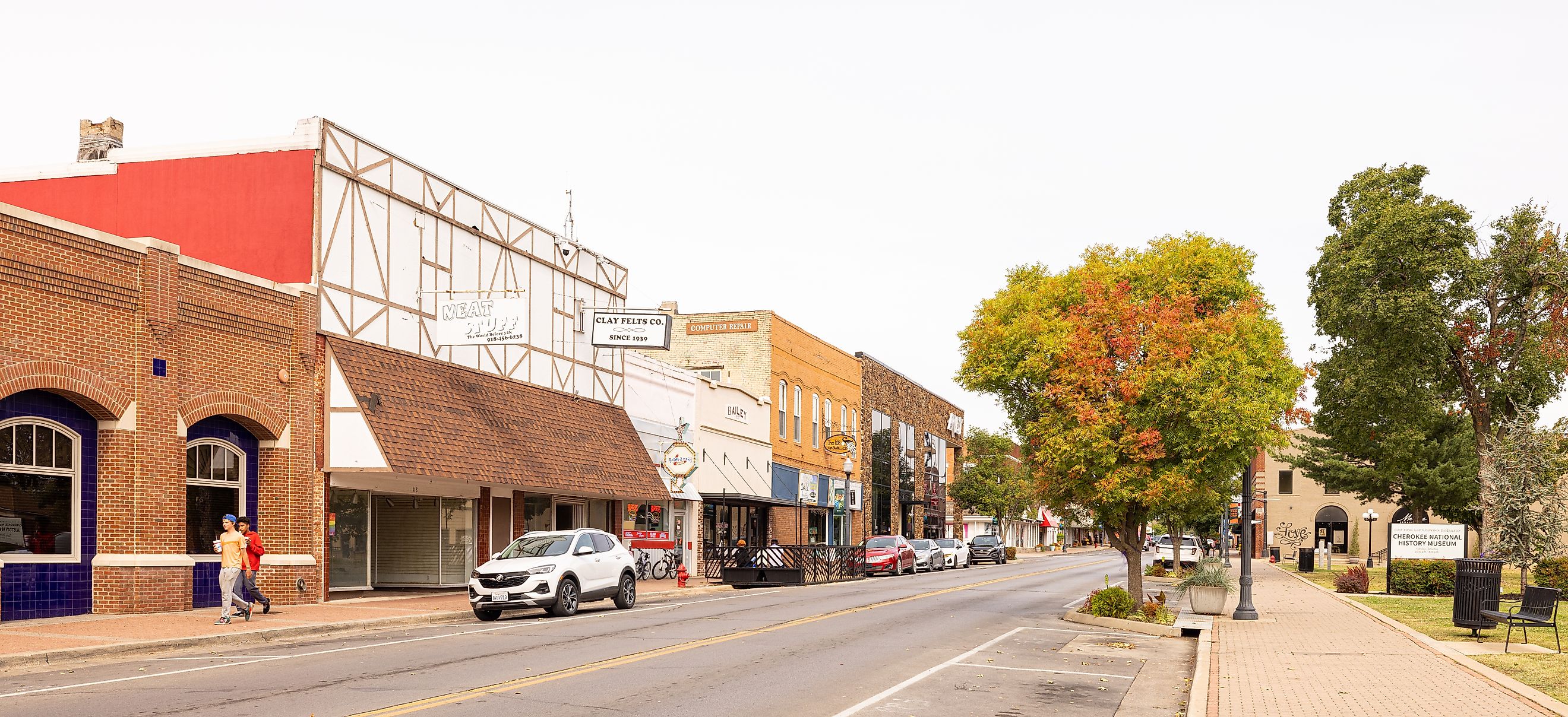
This Oklahoma Town Is Older Than the State Itself
Before Oklahoma became the 46th state in 1907, a thriving Indigenous capital had already existed in its northeastern hills for decades. The town of Tahlequah is the capital of the Cherokee Nation and is widely recognized as the oldest-founded municipality in present-day Oklahoma. Since its founding in 1839—nearly 70 years before the state was a state—Tahlequah has stood for political sovereignty, perseverance, and cultural preservation for the Cherokee people. Its deeply entwined story of tragedy and victory makes it one of the most historically significant communities in the state.
Indigenous Roots and European Arrival

Tahlequah was founded after the Trail of Tears, which saw Native Americans forcibly transported from their ancestral lands in the Southeast, and was one of the saddest events in American history. Following their arrival in Indian Territory (present-day Oklahoma), the Cherokee Nation restructured its administration and, on September 6, 1839, established Tahlequah as its new capital under a revised constitution. The name “Tahlequah” is thought to originate from the Cherokee word “di li gwa,” referring to a grain or food source. Another folk etymology holds that it came from a council decision where two of three Cherokee leaders chose a site and declared, “two is enough.”
From its earliest years, Tahlequah was more than a political hub. The humble town transformed into a hub for Cherokee diplomacy, education, and culture. Representatives from 21 tribes and more than 10,000 people attended an intertribal meeting held by the Cherokee Nation in 1843, which was an impressive accomplishment for a frontier town. A key component of the new community was education. The Cherokee Nation established the Male and Female Seminaries in 1851, providing advanced education — including Latin, Greek, and sciences — to Cherokee youth at a time when public education was virtually nonexistent elsewhere in the territory.
Cherokee History and Culture
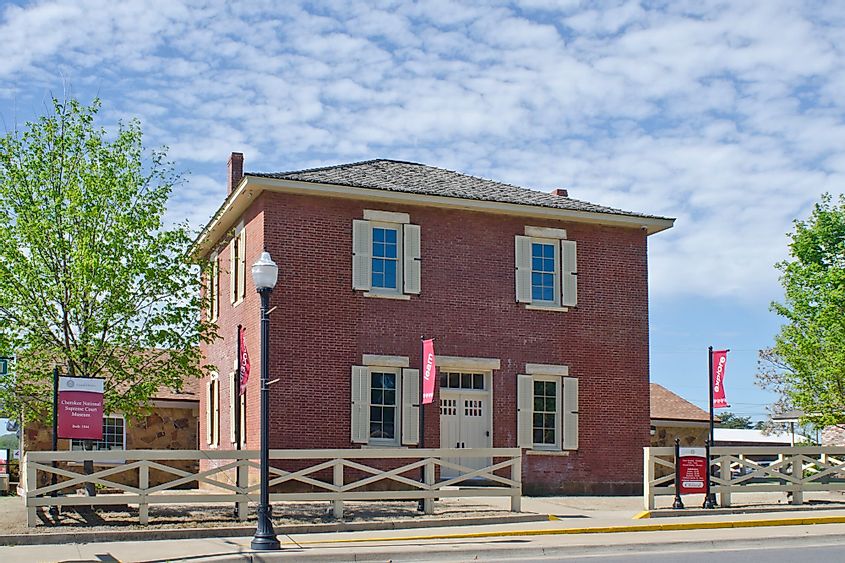
In 1844, Tahlequah became home to the Cherokee Supreme Court, and by 1849, it published the Cherokee Advocate, Oklahoma’s first newspaper, printed in both English and the Cherokee syllabary created by Sequoyah. The courthouse building that housed these early institutions still stands today and is the oldest public building in Oklahoma.
Like much of Indian Territory, Tahlequah suffered greatly during the Civil War, as the Cherokee Nation became internally divided and saw many of its institutions destroyed. After the war, the Cherokee rebuilt, including a new brick capitol building completed in 1870. This building served as the national seat of government until Oklahoma’s statehood in 1907, when the Cherokee Nation’s political autonomy was officially dissolved under U.S. federal policy.
Following statehood, Tahlequah was absorbed into the broader structure of Cherokee County, and the historic Cherokee Capitol building became the county courthouse. In 1970, it was returned to the Cherokee Nation and now serves as the Cherokee National History Museum, honoring both the town’s legacy and the ongoing story of the Cherokee people.
Economic and Societal Transformation
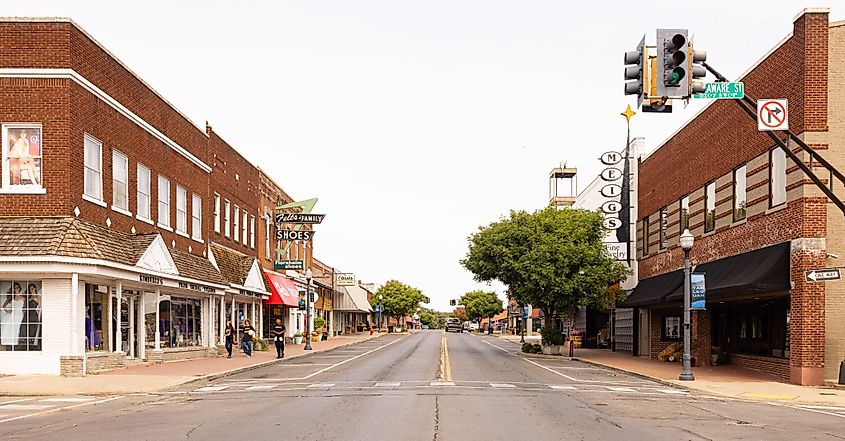
Today, Tahlequah is both a small town of around 16,000 residents and the seat of power for the Cherokee Nation, which is once again a sovereign government recognized by the United States. The Cherokee Nation headquarters, the Cherokee Nation Supreme Court, and numerous cultural and health institutions are based in the city.
Tahlequah is also home to Northeastern State University (NSU), whose roots trace back to the Cherokee Female Seminary. This gives NSU a rare distinction as one of the oldest higher education institutions west of the Mississippi. Fortunately, through various academic initiatives, NSU continues to make efforts to develop Cherokee scholarship, language, and culture within the town.
The city's bilingual street signs, written in English and the Cherokee language, visually embrace its dual identity as both a modern American town and a lasting Indigenous capital. It goes without saying that the Cherokee history, language, and tenacity are honored through cultural events such as the Cherokee National Holiday, which attracts thousands of people each Labor Day weekend.
Things To Do Today
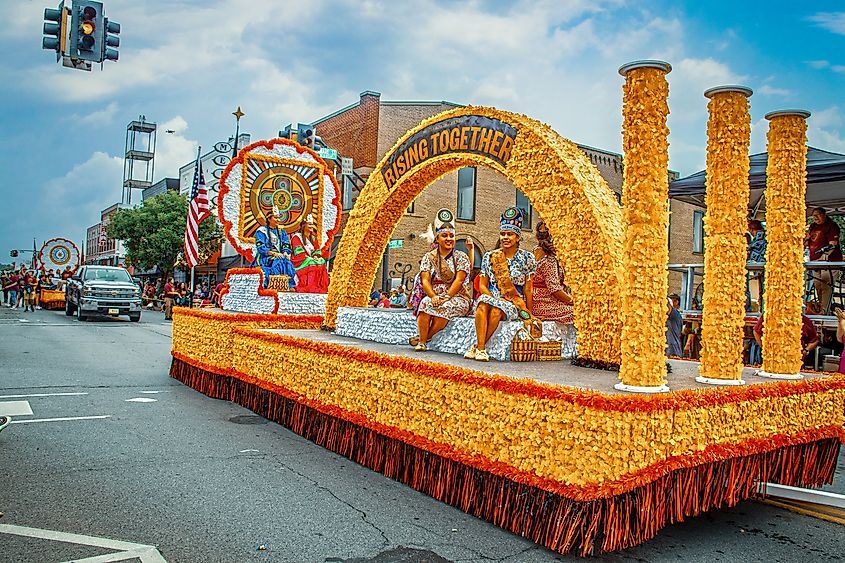
For visitors today, Tahlequah offers a mix of historical, cultural, and outdoor attractions that reflect its rich legacy. The Cherokee National History Museum, housed in the 1870 Cherokee Capitol building, provides immersive exhibits about the tribe’s governance, removal, and cultural achievements. Nearby, the Cherokee Heritage Center features Diligwa, a 1710s Cherokee village replica, and hosts regular cultural demonstrations, from basket weaving to storytelling.
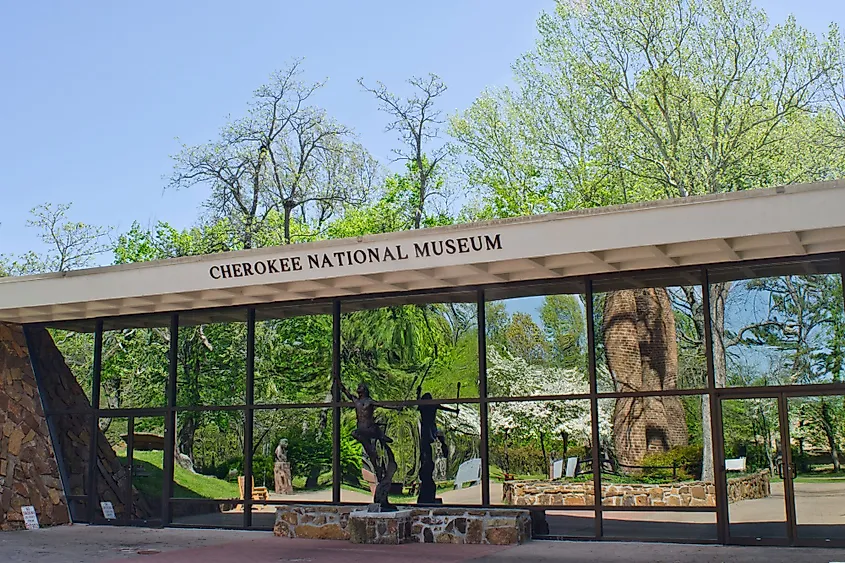
Outdoors enthusiasts can enjoy the nearby Tenkiller Ferry Lake, which is popular for kayaking and swimming during the summer months. Plenty of waterfront areas, like Cherokee Landing State Park, abound with hiking trails, fishing spots, and more. Downtown Tahlequah also has a growing arts and café scene, with several shops showcasing local artisans and Cherokee-themed crafts. For example, Boomarang Diner is a rustic diner perfect for a hearty meal, while Kawi Cafe has some of the best light snacks.
Finishing Thoughts

Tahlequah is more than meets the eye; it served as the cornerstone of much of Oklahoma's early political and cultural identity. Being the state's oldest town, it was founded almost 70 years before Oklahoma and is still thriving as a hub for Indigenous heritage, education, and governance. After becoming a state, many communities began to wane or lose their significance, but Tahlequah continued to be both politically and culturally significant to the Cherokee Nation. The community is unquestionably a living example of the Cherokee people's extraordinary adaptability, thanks to its foundation, traditions, and development.
